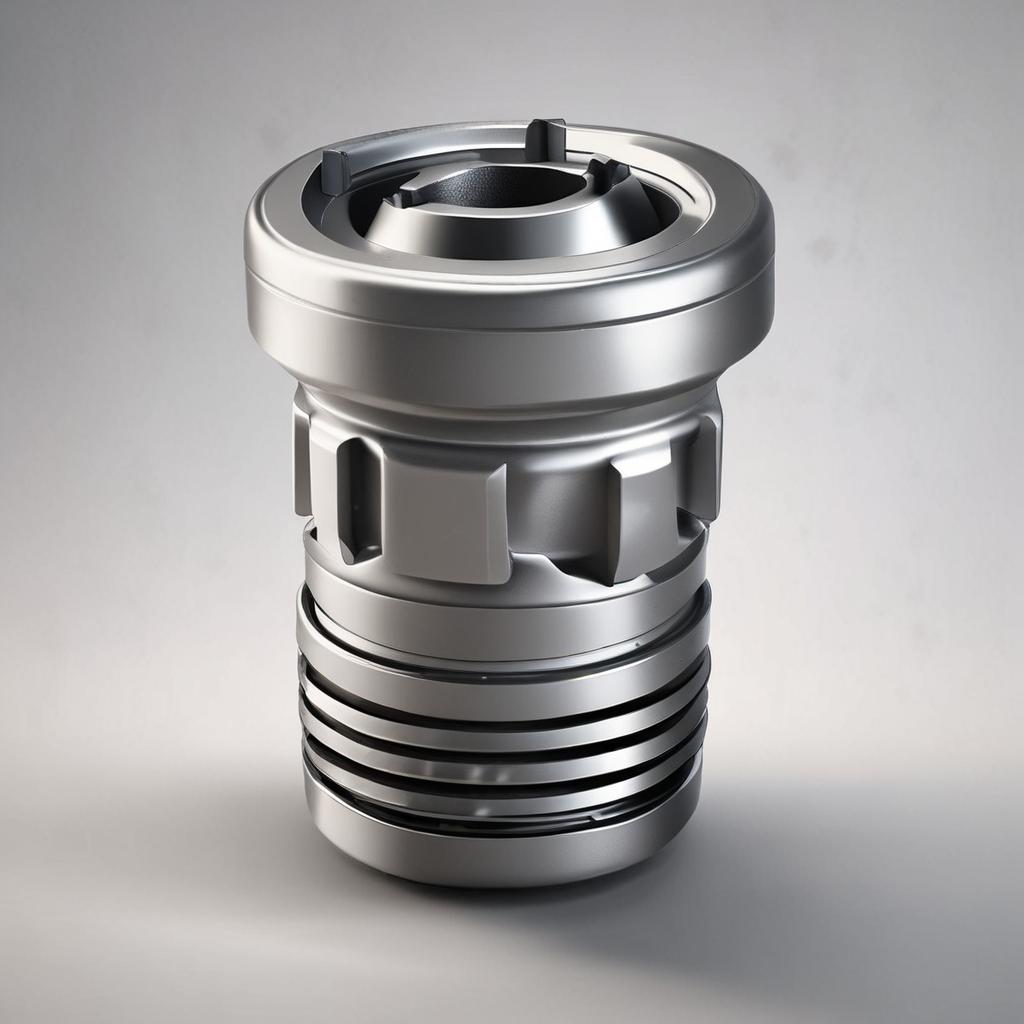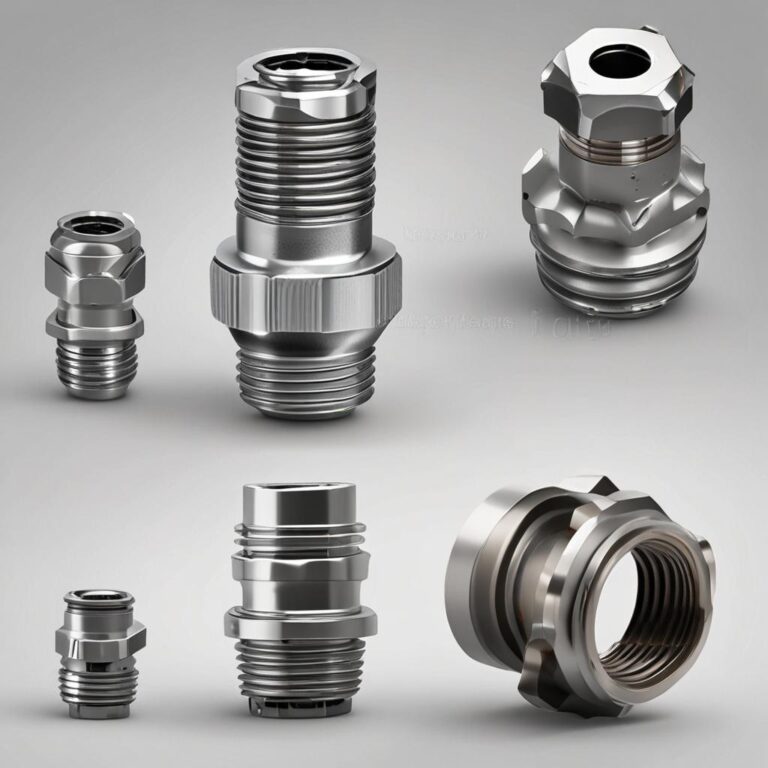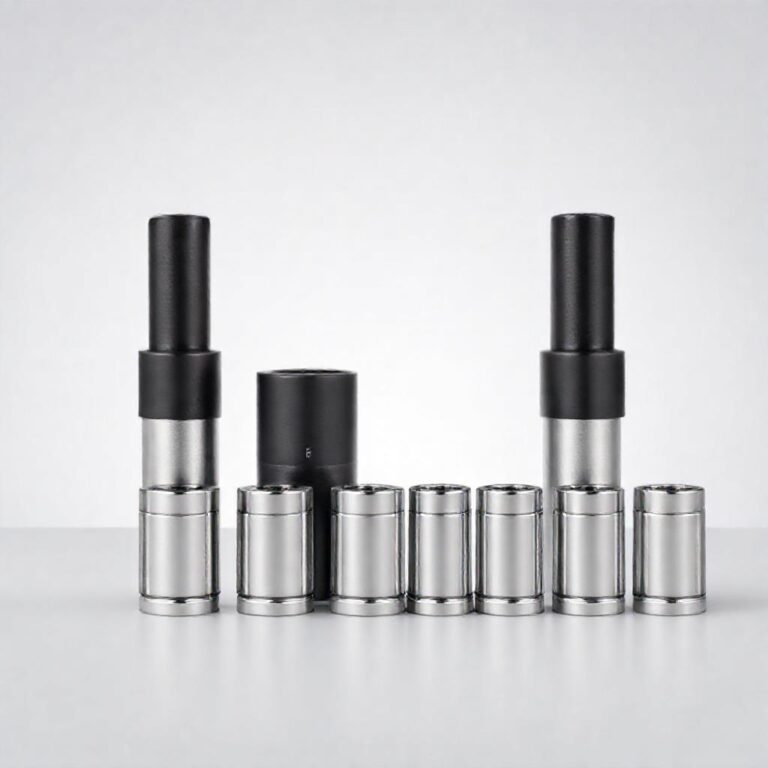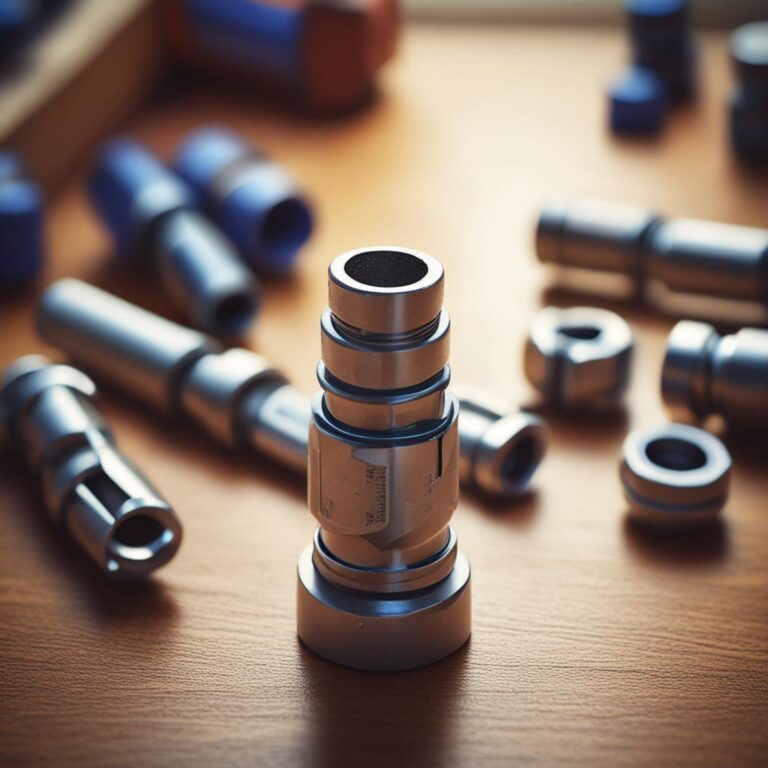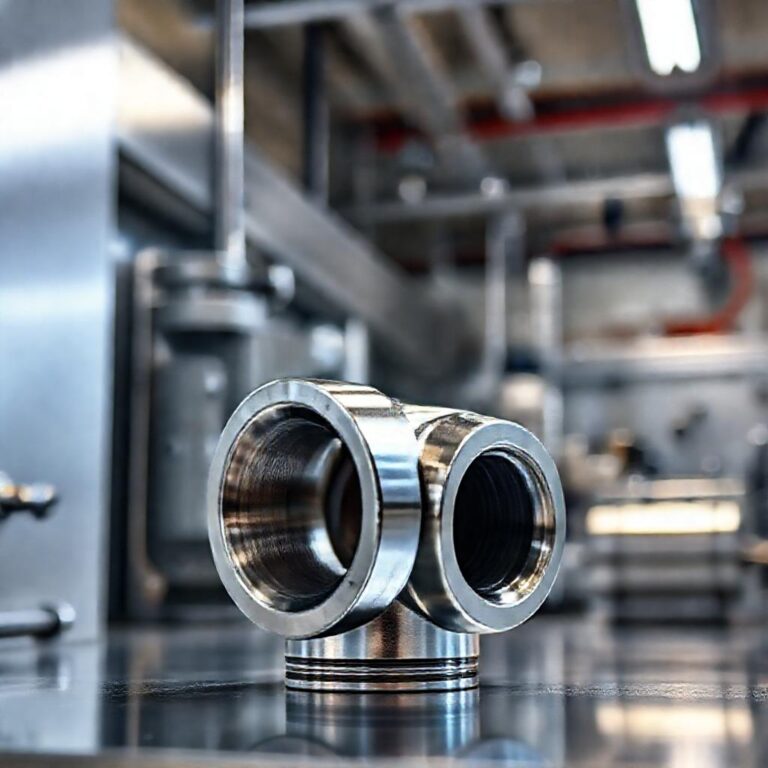Universal Joint Socket 12 Point
The universal joint socket, especially the 12-point variant, is a vital component in a wide range of mechanical and automotive applications. These sockets play a crucial role in facilitating efficient power transmission and flexibility in movement, making them indispensable in scenarios where rigid alignment between drive and driven shafts is not feasible. This article will delve into the importance, functionality, and applications of 12-point universal joint sockets, providing a comprehensive understanding of their role in modern engineering.
Historical Timeline
1920
First 12-point socket patented
1950
Widespread automotive adoption
1980
Introduction in industrial machinery
2000
Enhanced durability materials used
2020
Smart socket technology integration
Timeline infographic for Universal Joint Socket 12 Point
Introduction to Universal Joint Sockets
The universal joint socket has a rich history that dates back to the early days of mechanical engineering. Originally designed to transmit rotational power through variable angles, universal joints have evolved significantly over the years. The 12-point socket, in particular, has become a preferred choice due to its enhanced strength and durability, making it suitable for high-torque applications.
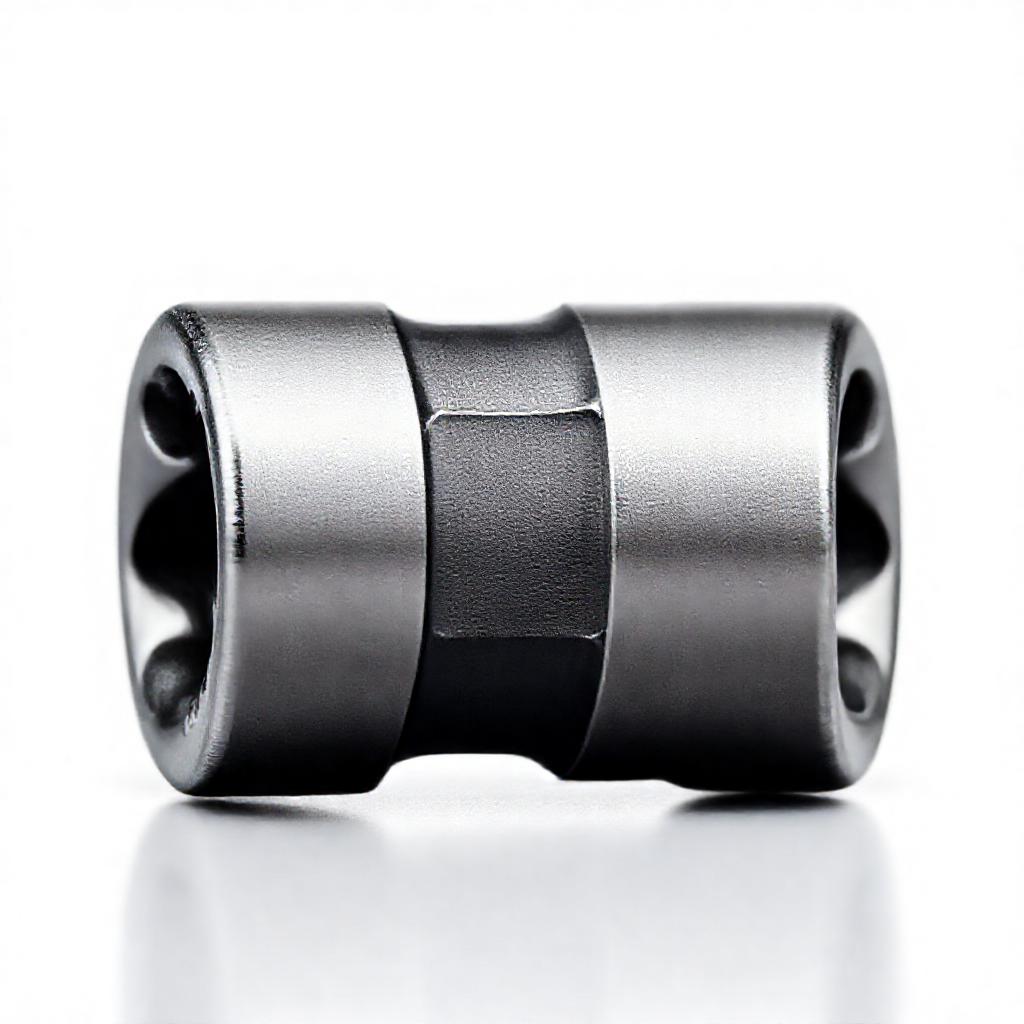
Understanding Universal Joint Sockets
Definition and Functionality
A universal joint socket is a mechanical device that allows the transmission of rotational power through variable angles. It consists of a series of points (e.g., 6, 9, or 12) that engage with a corresponding socket, enabling smooth and efficient power transfer. The 12-point configuration provides a larger contact area, which enhances the socket’s strength and resistance to wear, making it ideal for high-torque applications.
Universal joint sockets are essential in applications where rigid alignment between the drive and driven shafts is not possible. They allow for flexibility in movement, ensuring that power is transmitted smoothly and efficiently, even at extreme angles. However, they do have limitations, such as a reduction in efficiency at very high speeds and potential vibration issues if not properly maintained.
Types of Universal Joints
There are several types of universal joints, each with its own set of advantages and applications. The 6-point, 9-point, and 12-point sockets are the most common configurations. The 6-point socket is suitable for lighter-duty applications, while the 12-point socket is preferred for heavy-duty and high-torque applications.
- 6-Point Socket: Ideal for lighter-duty applications, such as small engines and light vehicles.
The 12-point universal joint socket is often chosen for its superior performance in demanding environments, where reliability and longevity are critical.
Applications of 12-Point Universal Joint Sockets
Automotive Applications
In the automotive industry, 12-point universal joint sockets are widely used in drive shafts, steering columns, and other components where flexibility and smooth power transmission are essential. For example, in four-wheel-drive vehicles, these sockets allow the drive shaft to maintain power transmission even when the wheels are at different angles.
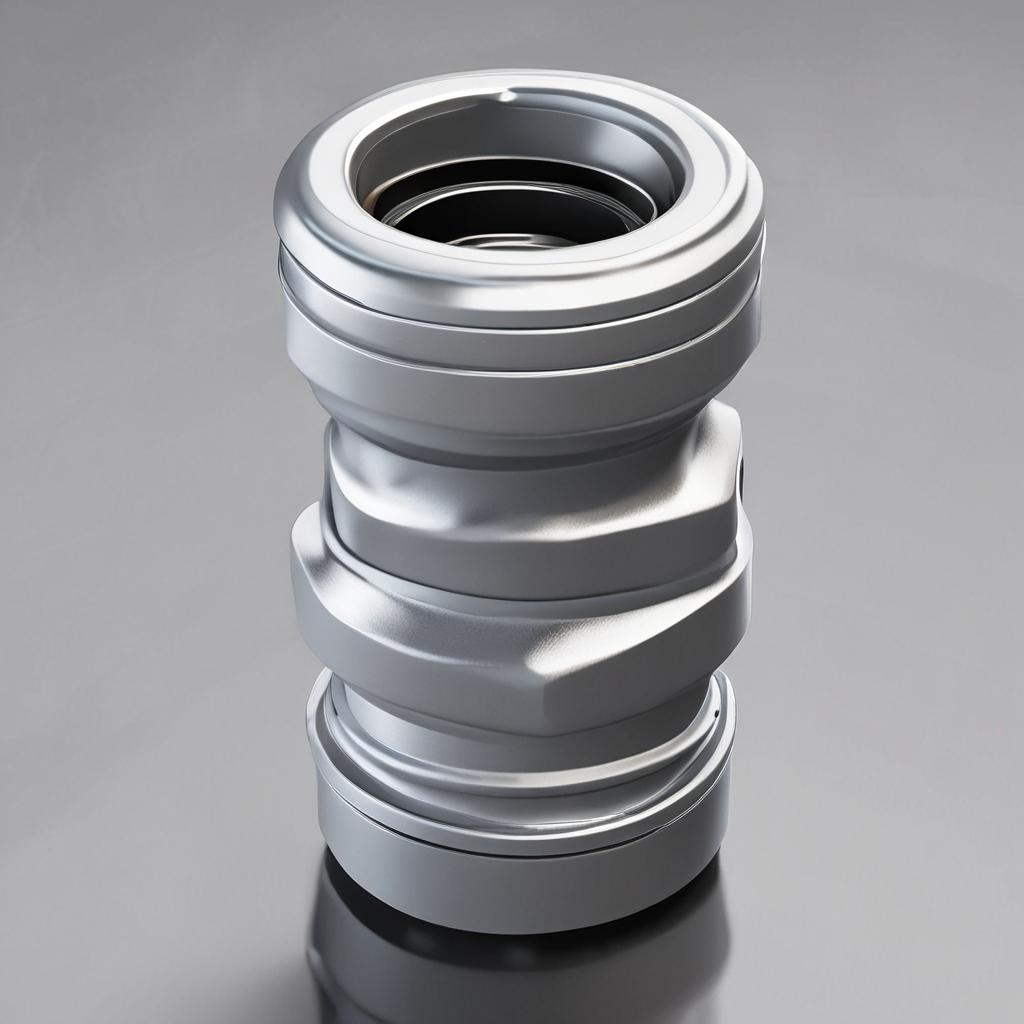
Case studies have shown that vehicles equipped with 12-point universal joint sockets experience reduced vibration and improved performance, enhancing the overall driving experience. Examples include heavy-duty trucks, off-road vehicles, and high-performance sports cars.
Industrial and Mechanical Applications
Beyond the automotive sector, 12-point universal joint sockets find applications in various industrial and mechanical systems. They are used in machinery, robotics, and other fields where the transmission of power through angled or moving parts is necessary. The durability and reliability of these sockets make them ideal for demanding environments, such as manufacturing plants and construction sites.
For instance, in industrial machinery, universal joint sockets are used to connect various moving parts, ensuring smooth and efficient operation. In robotics, they enable precise movement and control, contributing to the overall performance and efficiency of robotic systems.
Technical Specifications and Selection Criteria
Materials and Construction
The materials and construction methods used in 12-point universal joint sockets play a crucial role in their performance, durability, and cost. Common materials include high-strength steel, alloy steel, and stainless steel, each offering different levels of strength, corrosion resistance, and wear resistance.
The quality standards for universal joint sockets are stringent, ensuring that they meet or exceed industry specifications. Proper manufacturing processes, such as precision machining and heat treatment, are essential to produce high-quality sockets that can withstand the rigors of demanding applications.
Choosing the Right Universal Joint Socket
Selecting the appropriate 12-point universal joint socket for a specific application requires careful consideration of several factors. These include torque requirements, operational speed, environmental conditions, and compatibility with existing systems.
- Torque Requirements: Choose a socket that can handle the maximum torque expected in the application.
By carefully evaluating these factors, engineers and mechanics can make informed decisions when specifying or purchasing 12-point universal joint sockets, ensuring optimal performance and reliability.
Maintenance and Troubleshooting
Best Practices for Installation and Maintenance
Proper installation, maintenance, and inspection procedures are essential to ensure the longevity and performance of 12-point universal joint sockets. Key practices include:
- Proper Installation: Follow the manufacturer’s guidelines for installation to ensure correct alignment and secure mounting.
By adhering to these best practices, users can extend the lifespan of their universal joint sockets and reduce the risk of breakdowns and downtime.
Common Issues and Troubleshooting
Despite their robust design, 12-point universal joint sockets can encounter issues such as vibration, noise, and premature wear. Common problems and their solutions include:
- Vibration: Check for loose or misaligned components and tighten or realign as necessary.
By following these troubleshooting guides, users can quickly diagnose and rectify issues, ensuring that their universal joint sockets continue to perform reliably.
Conclusion
The 12-point universal joint socket is a critical component in various mechanical and automotive applications, offering superior strength, durability, and flexibility. Its ability to transmit power efficiently through variable angles makes it indispensable in scenarios where rigid alignment is not possible. By understanding the functionality, applications, and maintenance requirements of these sockets, engineers and mechanics can ensure optimal performance and reliability in their systems. As technology continues to advance, the future of universal joint technology looks promising, with potential advancements that will further enhance the performance and efficiency of these essential components.
FAQ
- What is the primary advantage of using a 12-point universal joint socket over a 6-point socket?
The primary advantage is the increased surface contact area, which improves the socket’s strength and resistance to wear, particularly under high torque conditions.
Regular inspection and maintenance are crucial. The frequency depends on the application, with more demanding environments requiring more frequent checks, typically every 1,000 to 5,000 hours of operation.
While some components of universal joints can be repaired or replaced, such as bearings or seals, often the most cost-effective and reliable solution is to replace the entire socket, especially if significant damage or wear is detected.
Factors include the quality of the socket, operational conditions (torque, speed, temperature), maintenance practices, and alignment of the drive and driven shafts. Proper selection, installation, and maintenance are critical to maximizing lifespan.
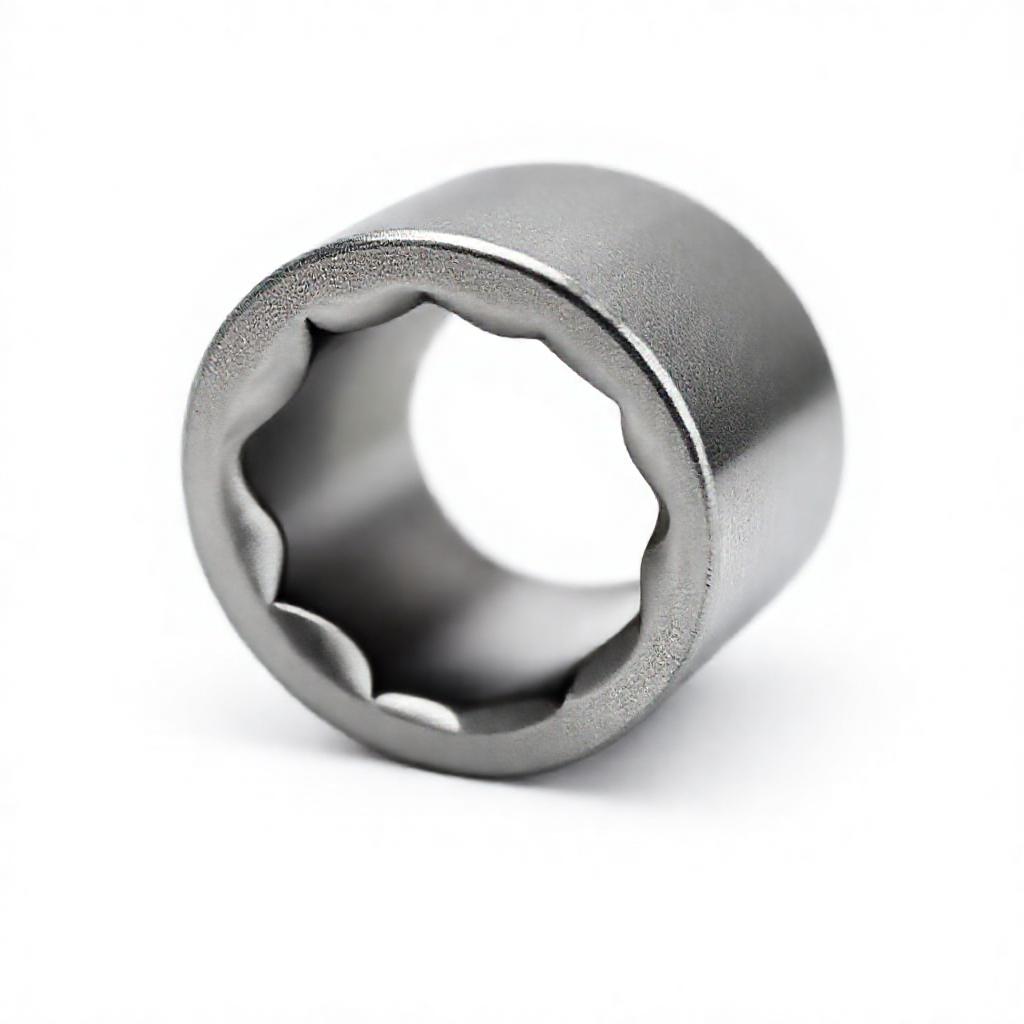
Yes, safety is a concern. Precautions should be taken to avoid injury from rotating parts, and proper procedures should be followed when installing, maintaining, or removing these components to prevent accidents.

